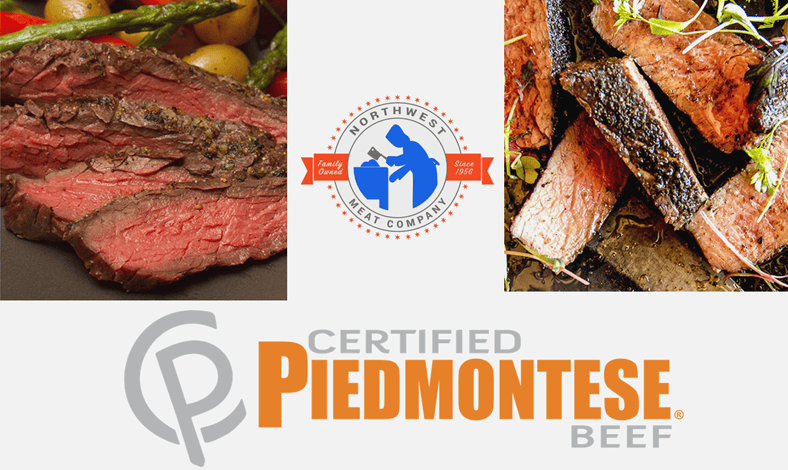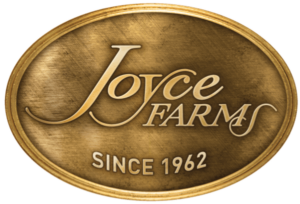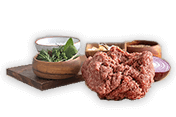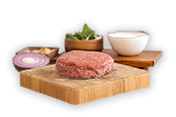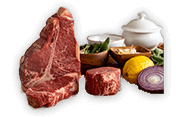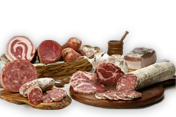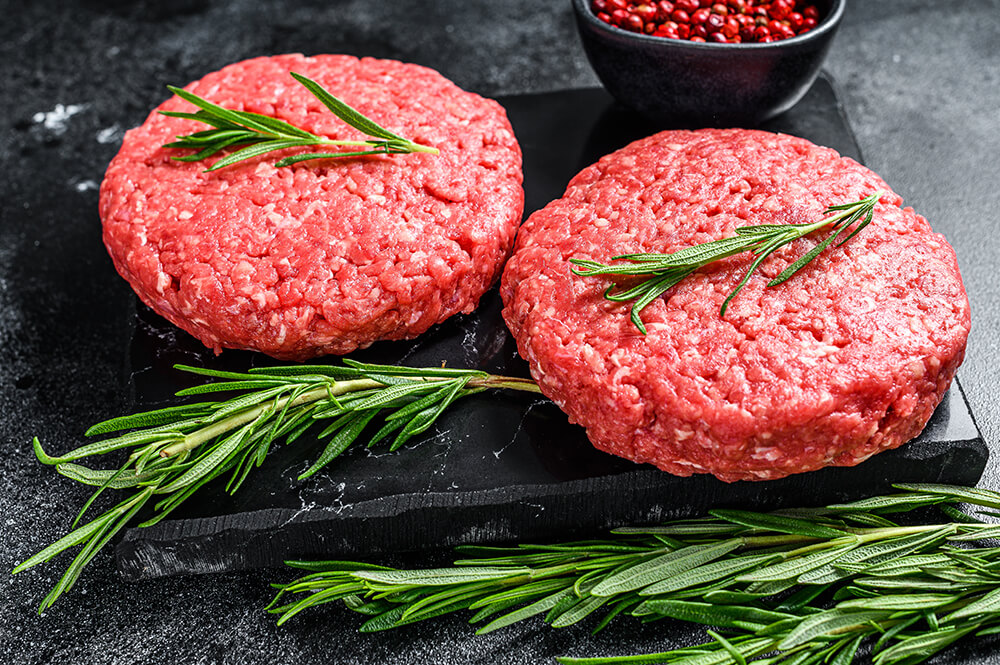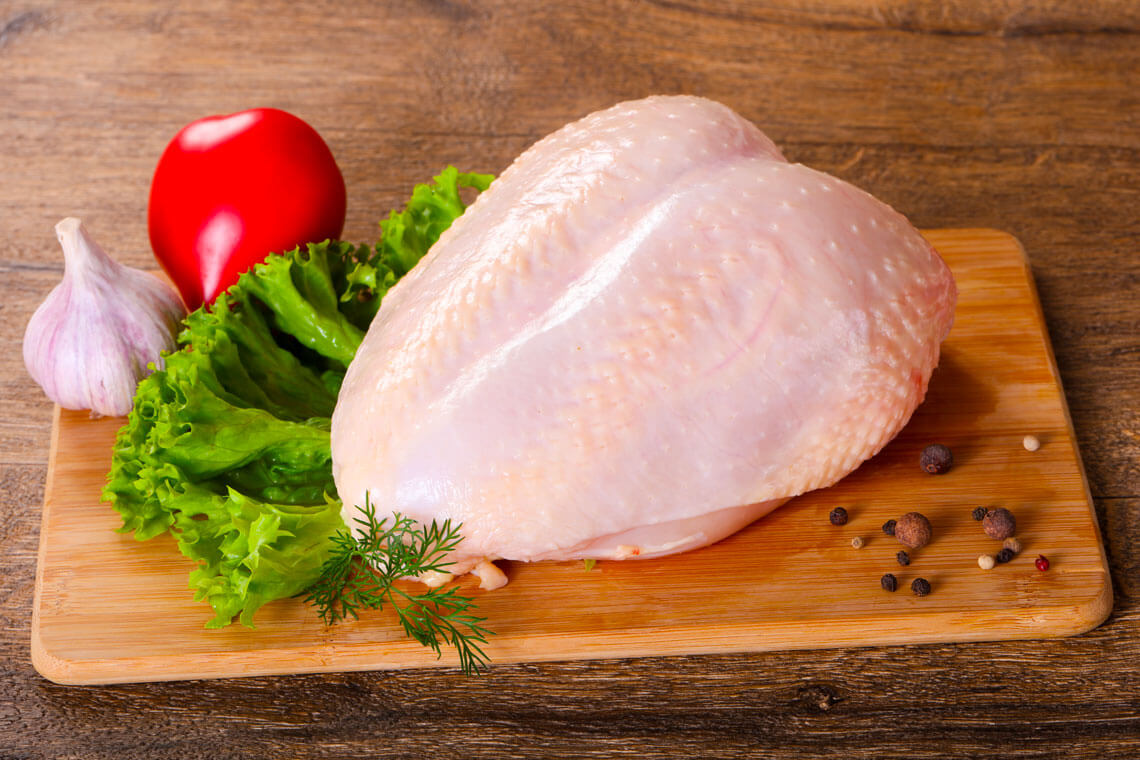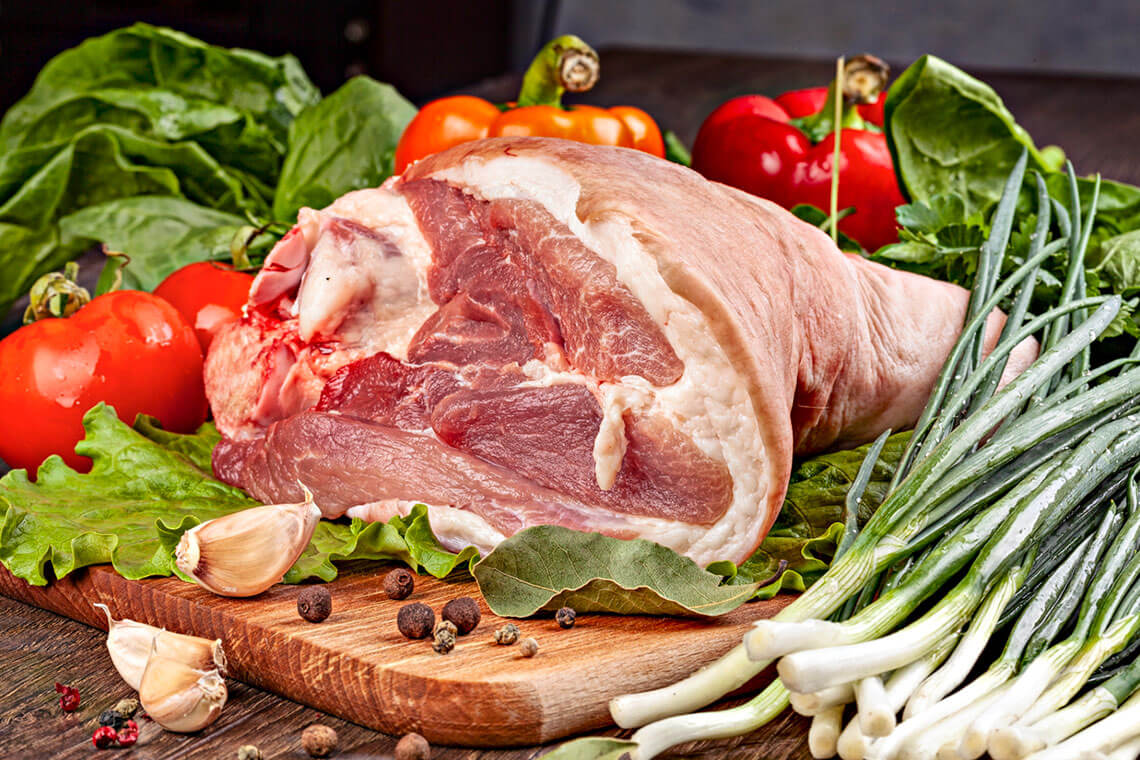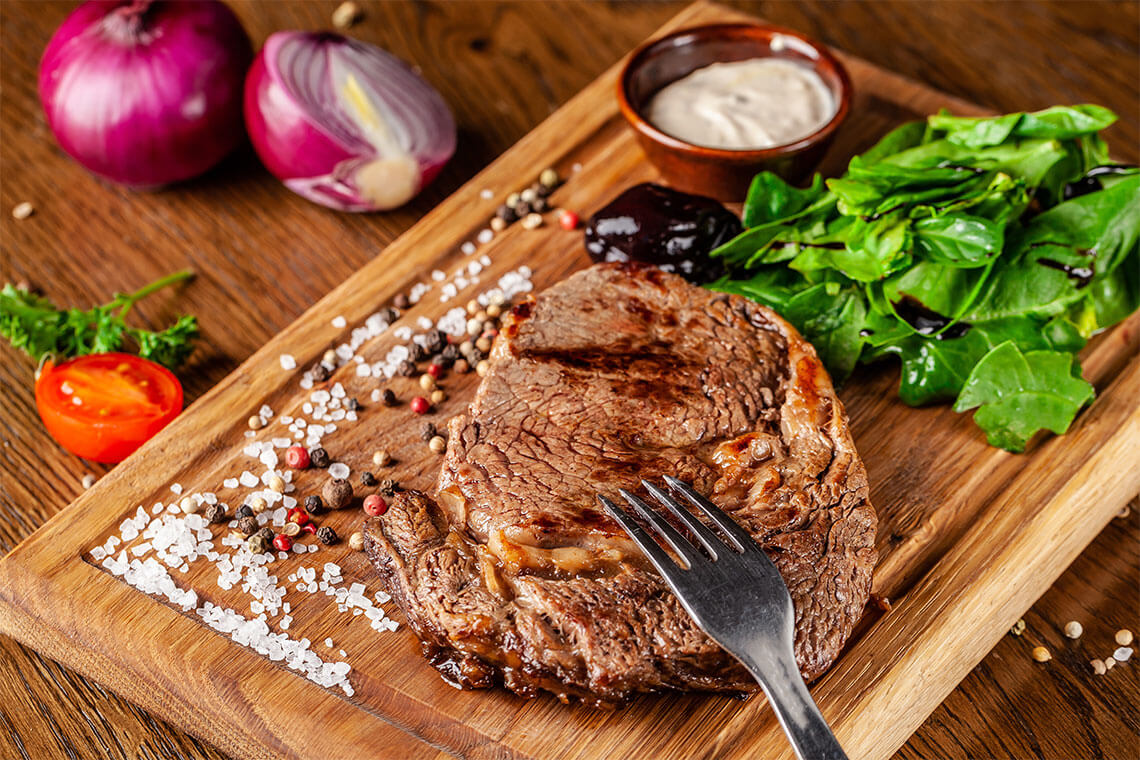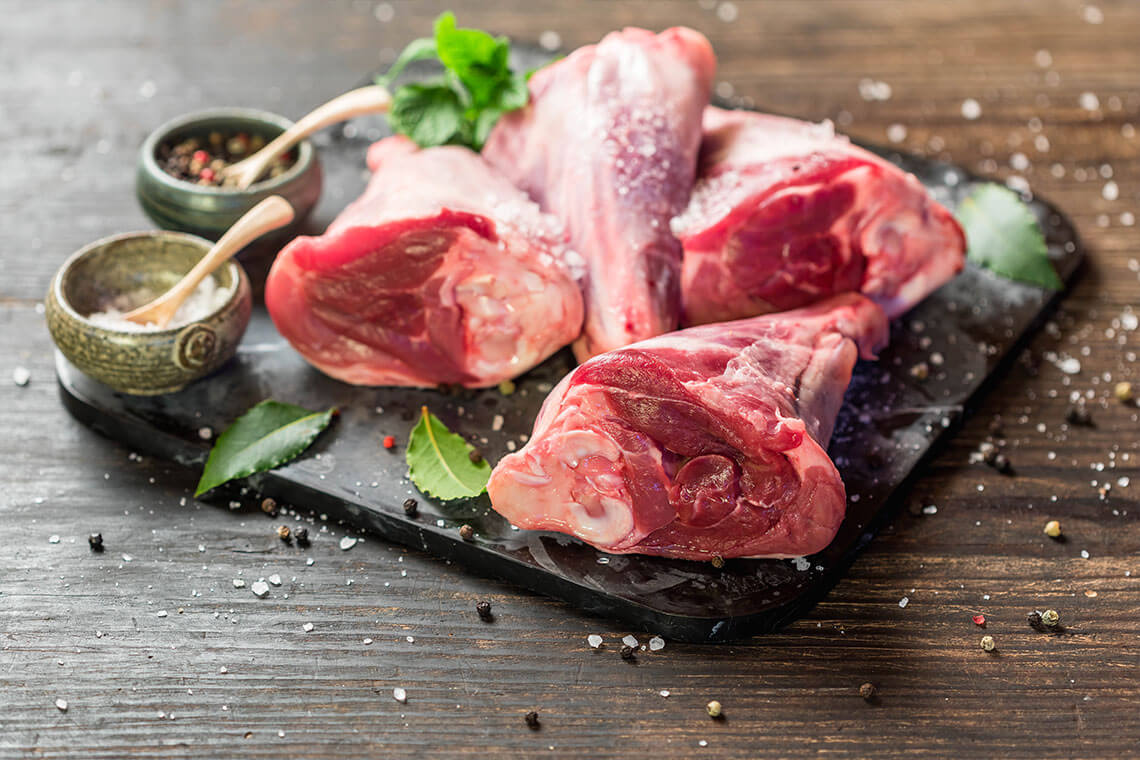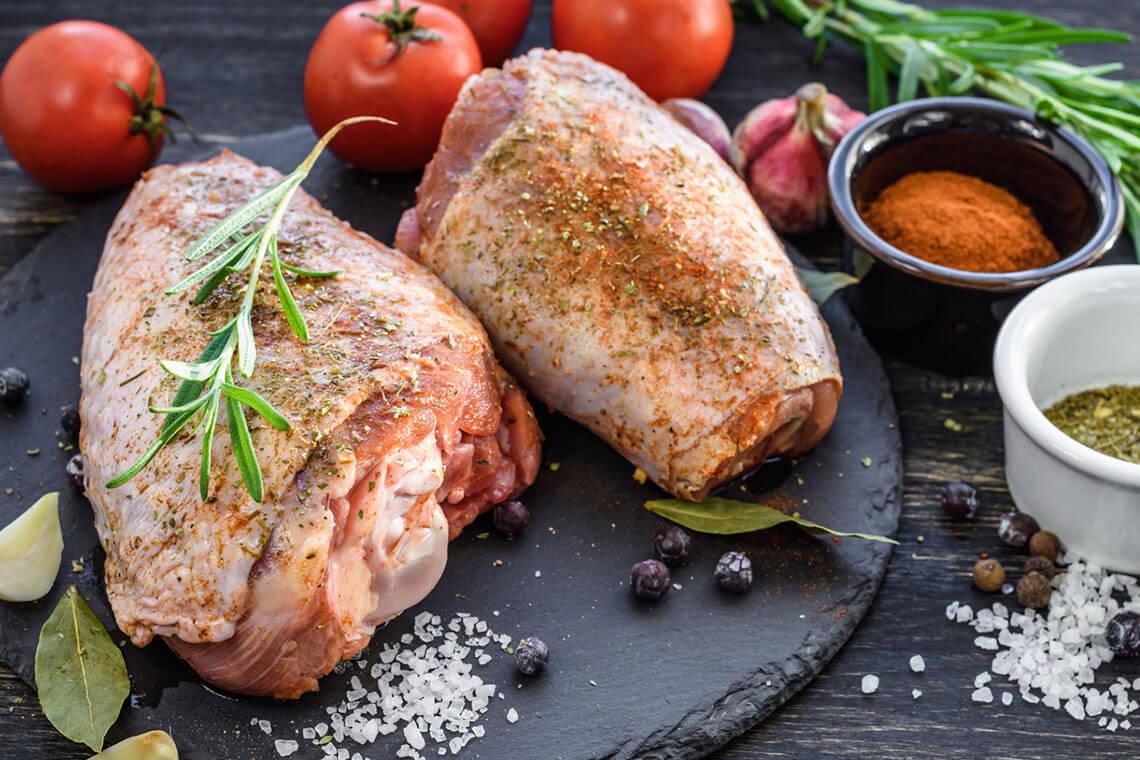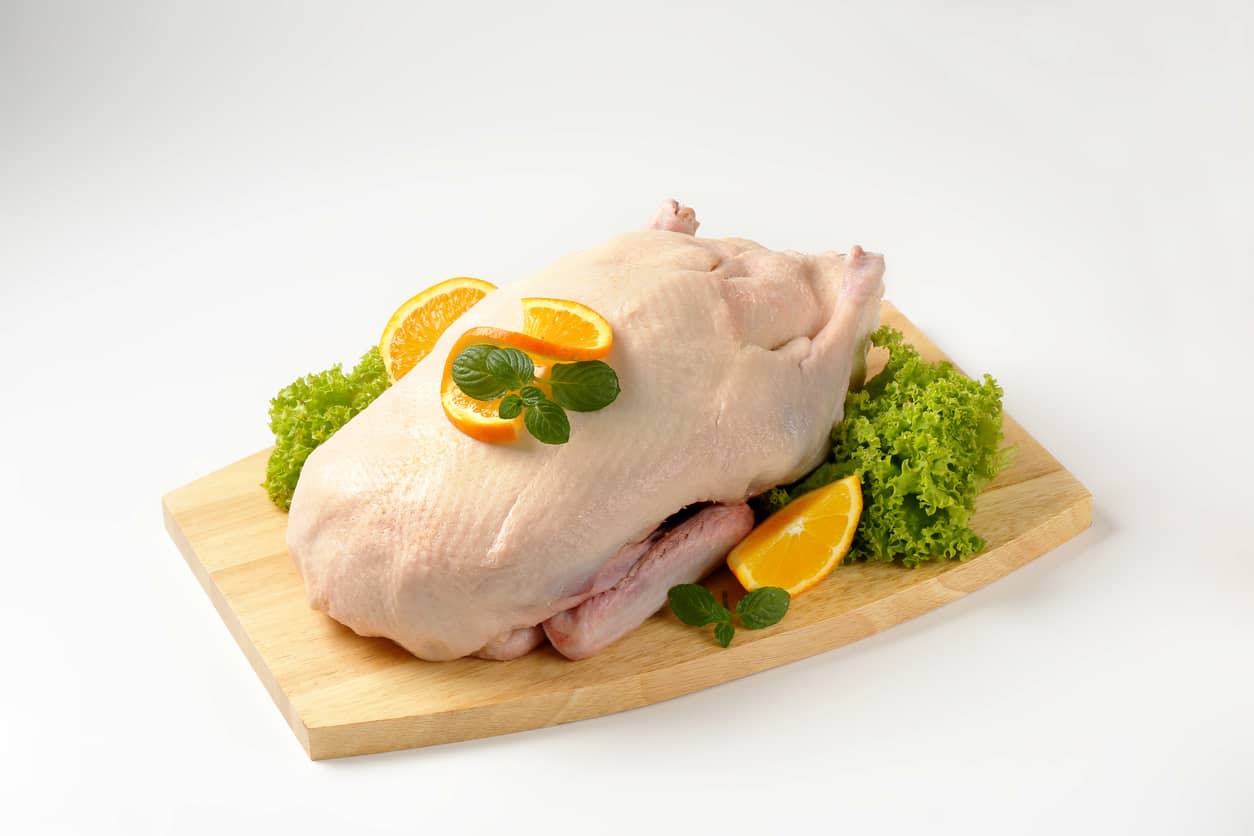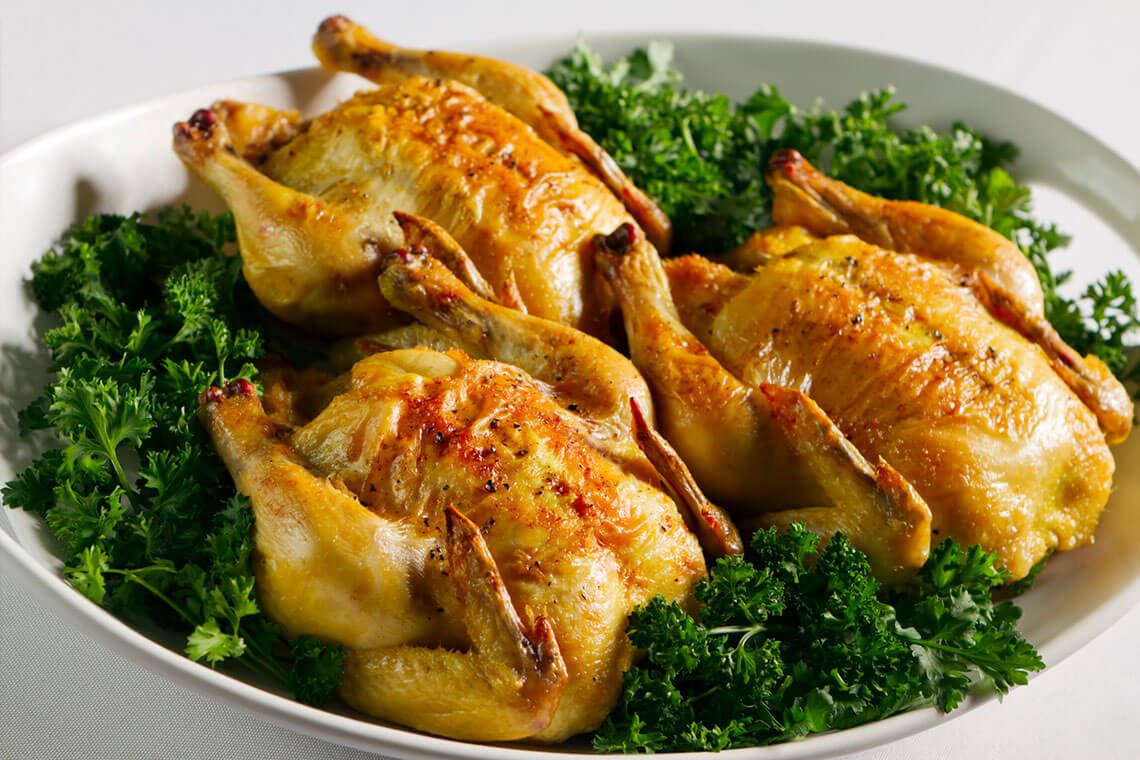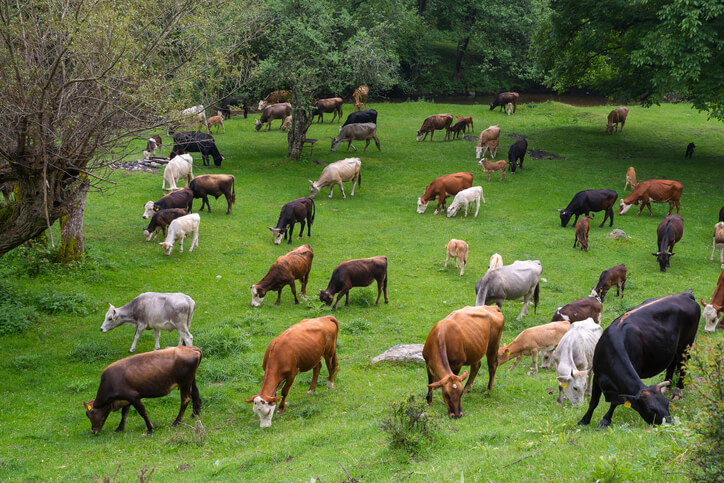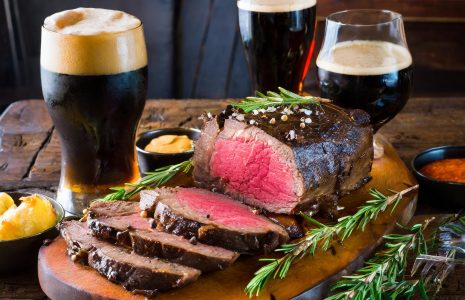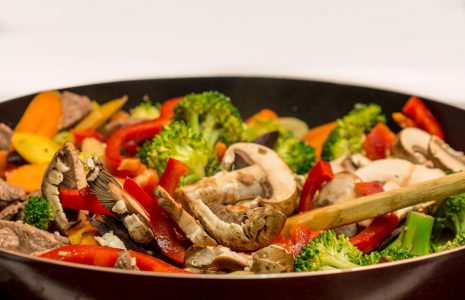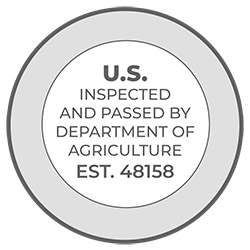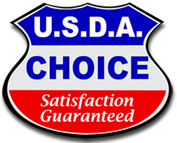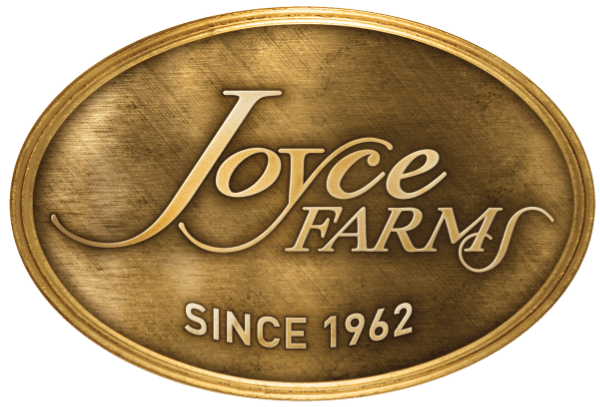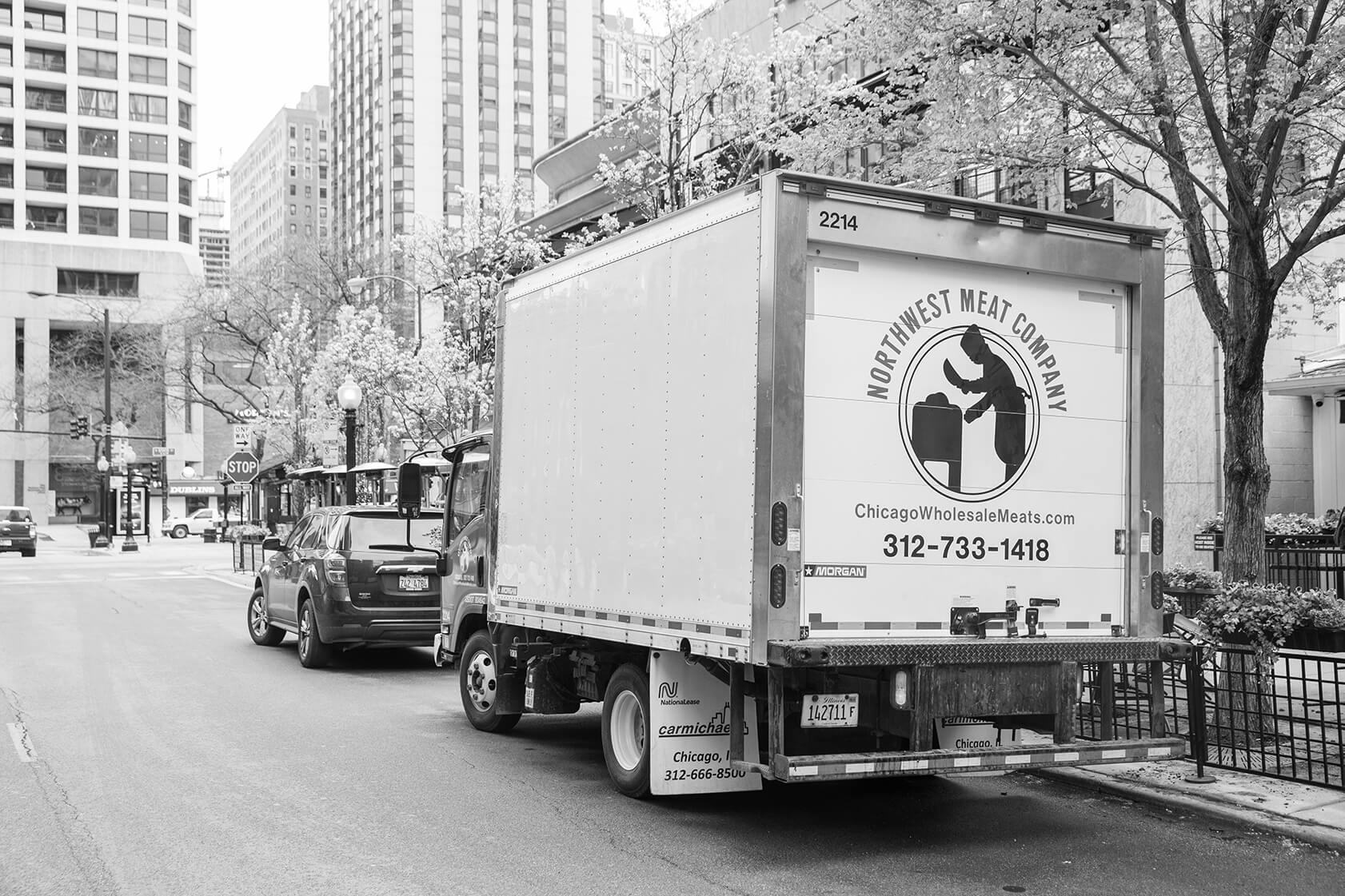Veal is a delicious option that many restaurants across the country should offer on their menus. Even though veal is high in protein and comes packed with a variety of vitamins and nutrients, veal does not always feature as highly on menus as the more familiar beef and chicken meat options. Your local wholesale meat supplier is sure to stock veal but a lack of awareness as to the state of the modern-day veal industry might be holding you back from putting it on your menu and offering it to your customers.
Understanding what veal farming is like today can help to put some of the questions or uncertainties you might have about adding veal to your menu. Most consumers naturally question how veal is produced and how it ends up on their plates. The best way to feel comfortable with the food you offer on your menu is to learn as much as you can about it, how it is produced and where it comes from.
Let’s take a look at some of the basics behind the modern-day veal industry in the US and debunk some misconceived notions about veal farming that continue to circulate despite the best efforts of veal farmers.
A Little About The Modern-Day Veal Industry
Some information on the lifecycle of veal calves can paint a better picture of how this delicious product could make a great addition to your menu. Veal suppliers typically raise their own calves and grow them for the veal market. Calves are typically raised on Amish and small contracted farms and are raised until they are about 20 weeks old.
There are mostly two different types of veal available on the market today, which are typically categorized as grain-fed, and milk-fed. The type of feed provided to veal calves can affect many different aspects of the final product, from taste to visual appearance.
Grain-fed veal calves are fed a milk diet until they are 8 weeks old. After this, they are given
an additional corn and protein mix that helps to increase their weight. Grain-fed veal is typically a darker pink color and tastes closer to beef than milk-fed veal. Grain-fed veal calves typically come from a Canadian supply.
Milk-fed veal calves are fed with a milk-based diet that contains all of the necessary nutritional components for optimal health. The color of the milk-fed veal is a light pink and the meat has a milder taste than grain-fed or non-tethered varieties. Milk-fed veal calves are usually raised in America, and they may also receive a grain pellet supplement in their diet to help with digestion and for them to be healthier.
Veal calves are often let out to pasture and feed on grass too, and this non-tethered practice is more common now and the calves have more freedom to roam. Non-tethered veal has much of the flavor of beef but is leaner and moister.
Dispelling Rumors About the Veal Industry
There are approximately 700 veal farm families throughout the United States. Most of these families strive to provide their herds with the best quality of life possible while creating a delicious product for meat lovers and chefs across the country. Despite the dedication and upstanding reputation of veal farmers across the country, the veal industry has been the source of controversy in the past for various reasons. However, many of these negative notions about veal are simply not true nowadays.
Veal Calves Live In Good Conditions
In the 1980s, veal was the poster child for animal cruelty and animal rights advocates still highlight the solitary and cramped conditions of veal calves as a point of concern. Today, most veal calves in the US live in group pens and are raised on Amish and small contracted farms, and not in cramped boxes. In these larger pens, there is plenty of room to stand, stretch, and lie down in a natural way and raising animals in pens rather than in individual crates is much more humane. Veal calves live a much better life than calves raised for beef as their tails are not docked, their horns are not removed and they are not castrated.
Veal farmers typically house veal calves in modern barns that have windows allowing natural sunlight to enter. Barns are used largely to protect the veal calves from extreme weather, to aid with feeding and watering the calves, and to keep their living conditions hygienic. In the Summer, these veal calves can be put out to pasture, if the farmer chooses to do so. This non-tethered veal is more common practice now and the calves have freedom to roam.
It’s Hormone-Free
Nowadays, consumers are increasingly conscious of the source and components of their food. Non-organic meats are often seen as containing potentially harmful chemicals, hormones, or antibiotics. However, veal farmers are committed to high standards of food safety as the USDA does not permit the use of hormones on veal calves. In some cases, antibiotics are used under the supervision of a veterinarian, however, this is to ensure the optimal health of the veal calves. In terms of ethical responsibility and a farmer’s bottom line, it is natural that veal farmers are interested in keeping their calves as healthy as possible.
It’s More Sustainable
When it comes to sustainability, veal is better for the environment than beef, because veal calves need less water and grain as they are raised to 20 weeks versus 15-18 months for a beef cow. They also create less manure and methane than their fully-grown beef counterparts. Pasture-raised, non-tethered calves help to keep native grasses in check and naturally fertilize the land too.
Raising veal also reduces the waste produced by the dairy industry as about one-third of the whey solids that are produced in the cheese manufacturing process go unused. As whey solids are the primary ingredient in the diets of milk-fed veal calves, these whey solids can then be used to feed the veal calves.
With climate change becoming an increasing concern, if sustainability is important for your business, you should consider adding veal to the menu.
Where Is The Veal Industry Headed?
With dietary trends towards Keto or Paleo diets have spiking in recent years, this signals increasing consumer demand for meats of all kinds. Veal is a perfect fit for these diets given its low caloric content and high protein levels. With less fat and cholesterol than beef, veal is rich in nutrients such as protein, zinc, niacin, vitamins B-12 and B-6. If the increased search statistics for these diets is a reliable indicator, veal’s popularity may expand in the coming years.
Add Veal To Your Menu
Given the nutritional benefits and delicious taste of this meat, it makes sense that veal will increase in popularity when consumers are more informed about the modern-day veal industry. As veal is a lean, versatile meat that can be sautéed, grilled, braised, stewed or broiled, it makes for a wise addition to any menu. While controversy and rumor have influenced consumer decisions in recent years, with hormone-free meat that is produced in a more humane way that is more sustainable, the veal industry is primed to serve America’s taste for this great product.
